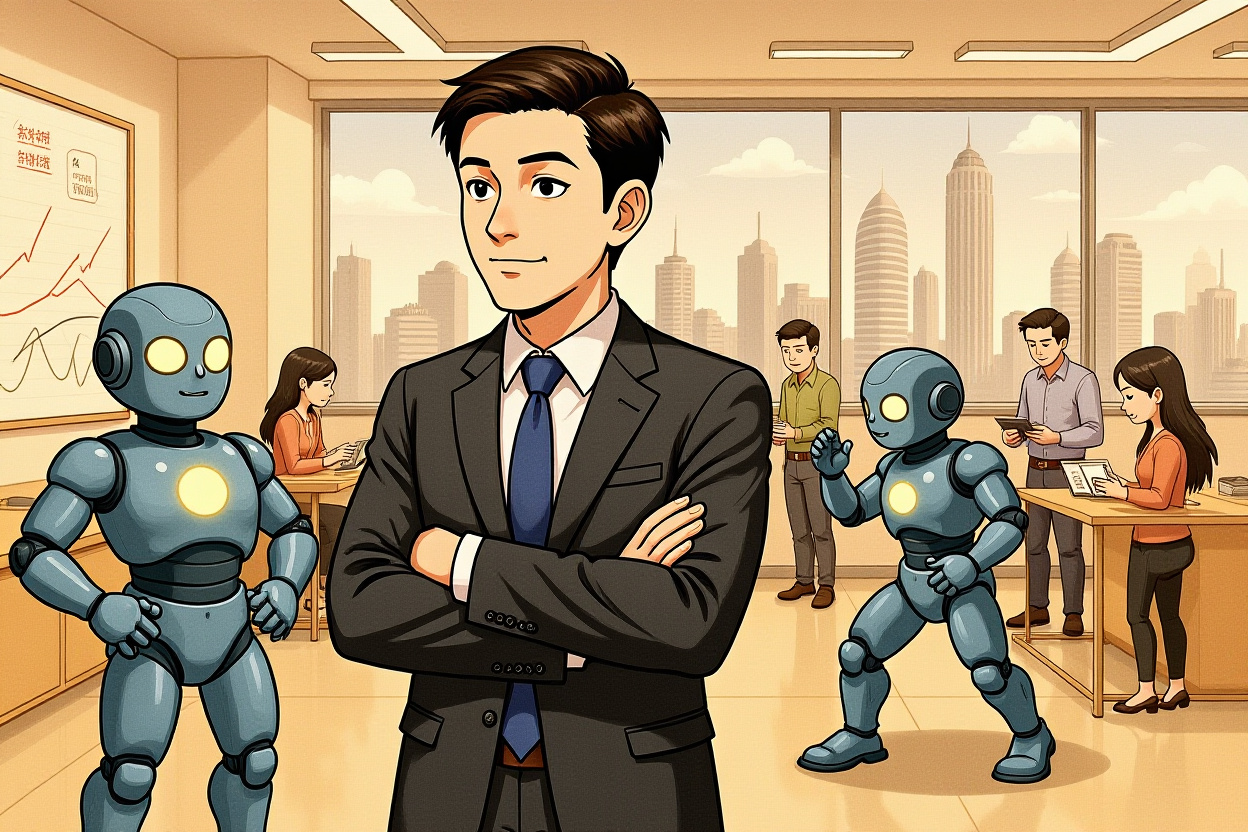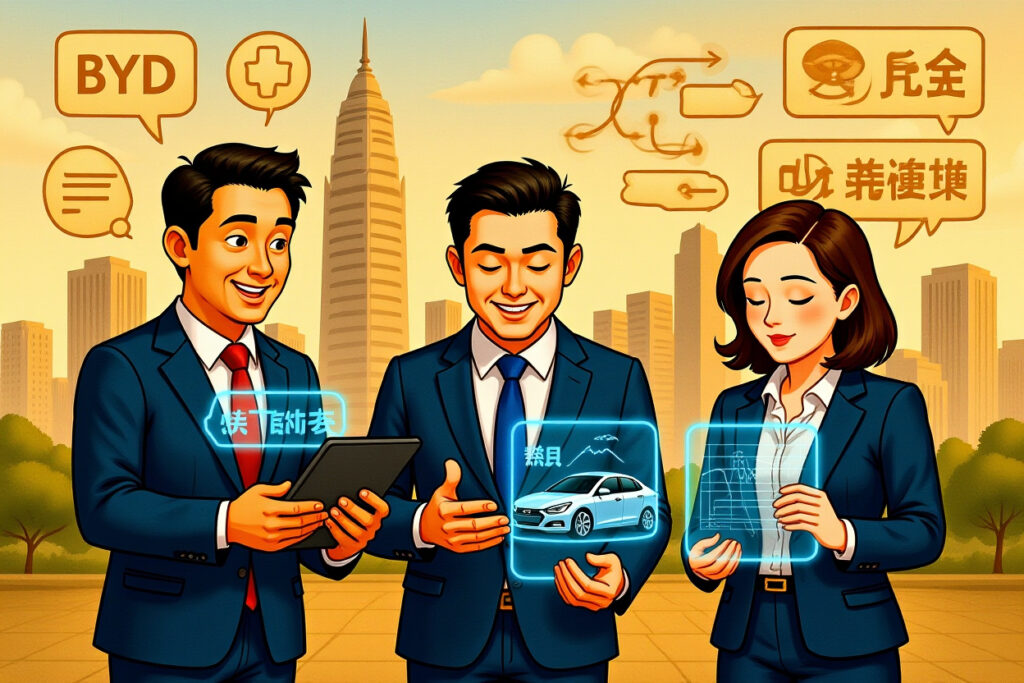From Robotics to AI: A Founder’s Reflection
Wang Xingxing, founder of Unitree Robotics, made his first public appearance since announcing the company’s IPO plans at the 2025 Bund Conference in Shanghai. Reflecting on his journey, Wang revealed one of his biggest regrets: not dedicating himself to artificial intelligence during his university years. “Back in 2011, I was already studying AI, but resources were scarce. I shifted to robotics—a decision I now regret,” he admitted. Today, Wang believes that while robotics hardware has matured significantly, AI remains the critical bottleneck for the next generation of intelligent machines.
The State of Robotics Hardware
Maturity in Mechanical Design
Wang emphasized that hardware is no longer the primary constraint in robotics development. He stated, “The hardware is more than sufficient—even technology from one or two years ago is fully capable.” From high-torque actuators to lightweight materials and energy-efficient designs, innovations in robotics hardware have outpaced the AI software needed to control them. For example, Unitree’s H1 humanoid robot demonstrates impressive mobility and stability, yet its full potential remains untapped due to limitations in AI-driven decision-making.
Examples of Hardware Readiness
– Advanced sensor suites including LiDAR, depth cameras, and inertial measurement units
– High-performance actuators with precision control and robust power-to-weight ratios
– Durable and lightweight exoskeletons and joint designs optimized for real-world use
Why AI Is the Real Challenge
Gaps in Robotic Intelligence
Despite advancements in AI for generative tasks like art and text, Wang pointed out that AI applications in “getting real work done” are still limited. “The biggest problem is AI,” he asserted. While robots can walk, run, and perform pre-programmed tasks, they lack the adaptive intelligence to handle unstructured environments. For instance, using dexterous robotic hands for complex object manipulation remains a significant challenge because current AI models cannot process and respond to real-time physical feedback with human-like adaptability.
Data: The Foundation of AI Progress
Wang highlighted that data quality and acquisition are major obstacles. “What constitutes high-quality data? How should it be collected? These questions are still unresolved,” he noted. Unlike data for language models, robotic training data must integrate multimodal inputs—visual, tactile, and kinematic—and few standards exist for curating such datasets. Improving data utilization rates and developing better annotation methodologies are essential for creating AI that can reliably control advanced hardware.
The Role of Companies Big and Small
Democratizing AI Innovation
Contrary to the belief that only tech giants can lead in AI, Wang argued that the field remains open to smaller players. “AI is a fair playing field—dedicated teams can still achieve breakthroughs,” he said. He cautioned, however, that larger organizations often suffer from inefficiencies due to bureaucratic delays. “Too many people can slow things down when responsibilities are unclear.”
Unitree’s Approach to Talent and Management
Wang shared that finding the right talent and maintaining hands-on leadership have been critical to Unitree’s progress. “I hoped to bring in experts to handle management, but I’ve realized that staying involved is necessary,” he explained. This balance of technical oversight and operational involvement has allowed Unitree to iterate quickly and stay focused on practical robotics solutions.
Overcoming Technical and Operational Hurdles
Improving Model Efficiency and Capability
Wang stressed that future advancements depend on making AI models more efficient and capable of real-time learning. Reinforcement learning and simulation-based training are promising avenues, but transferring skills from virtual to physical environments remains difficult. Researchers and companies must prioritize developing models that can generalize from limited data and operate reliably under real-world conditions.
Encouraging Innovation in Newcomers
For those entering the AI and robotics field, Wang advised: “Forget past experiences. Start fresh with today’s tools and knowledge.” He believes that clinging to outdated methods or assumptions can hinder innovation. Instead, newcomers should embrace current technologies like transformer architectures, embodied AI, and cloud-based robotics platforms to develop novel solutions.
Looking Ahead: The Future of AI-Driven Robotics
The convergence of AI and robotics holds transformative potential for industries ranging from manufacturing to healthcare. Wang Xingxing’s insights underscore a pivotal moment: hardware is ready and waiting, but AI must catch up. Breakthroughs in multimodal learning, real-time adaptation, and human-robot interaction will define the next decade of progress. As Unitree moves toward its IPO, the company’s focus will likely remain on bridging this gap—combining robust hardware with increasingly intelligent software. For investors, developers, and enthusiasts, the message is clear: the age of embodied AI is just beginning, and those who innovate in algorithms and data will lead the way.
Interested in the latest developments in AI and robotics? Follow Unitree’s journey and explore how you can contribute to the next wave of intelligent machines.




